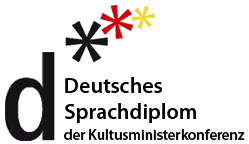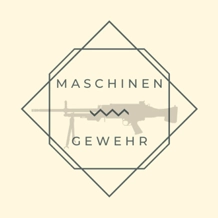In the morning of 18th October, our active class Sexta B met at the train station and we set up for a trip to our capital. Our main goal was to see the masterpiece of Alfons Mucha “Slavonic Epopoeia”. After three stops of the subway we ended up in front of Veletržní Palác.
Everything began here. We were surrounded by 20 pieces of art which symbolize not only the history of our country but also the history of all Slavonic nations. Mucha was working on this magnificent piece of art for long 18 years at Chateau Zbiroh. Our guide, little by little, led us into all hidden secrets of these pictures. The first picture provided two farmers dressed in white as a symbol of defencelessness, levitating priest with a girl as a symbol of peace and a red shining boy as symbol of justified was. Fascinated we passed the pictures “Slavnost Svantovíta, Car Simeon and Štěpán Dušan”, where we were in the middle of the Serbian Tsar coronation.
“Mr. Jan Hus Sermon” is a complete theatre play. The Chapel is full of people and we are fascinated by a monumental vault. All people, life sized, are patiently listening to the sermon of a passionate wise Mr. Jan Hus, who doesn´t even seen to be the main character of the picture – small, dressed in black, above his students who are writing everything he is saying. Straight on the first look you can notice Queen Žofie and her maid of honor. Mucha is said to make her portrait according to his wife. All figures are in shade. The only illuminated figure of the picture is a common unknown woman surrounded by two children. The white veil with colorful linings could be a symbol of innocence and pure love of a mother to her children, but also her fears about their future. This symbol occurs quite often in Mucha´s painting as well as an old man surrounded by small curious boys. The next picture is “Po bitvě u Grunwaldu” portraiting king Wladislaus II as he feels really sorry about deaths of the battle instead of celebrating the victory. In front of the picture there are several death bodies but you cannot find blood there. Mucha hated blood so instead he painted white linen to cover the bodies.
Slowly we are approaching absolutely the best picture – “Jan Amos Komenský”. We were totally excited. The whole picture is veiled in grey. This might have caused us being more emotional. A small figure of dying Komensky on a sea shore, abandoned, alone, isolated from his students who are following him mourning him a lot. A widely shining lamp is a symbol of hope and immortality.
At the end of the tour we played a short game and we spent our last moments at the pictures which fascinated us most where we discussed the symbols. Then train and home…
The exhibition was really great not only for art lovers but also for history lovers. Unfortunately, we didn´t have enough time to look at all details of the pictures. I am very happy that I could see this masterpiece and I can strongly recommend to see it and do it quickly because the Epopoeia will stay in Prague till the end of the year and then the pictures are going to tour Asia.
Free translation of Czech version written by Helena Dubinová, sexta B







